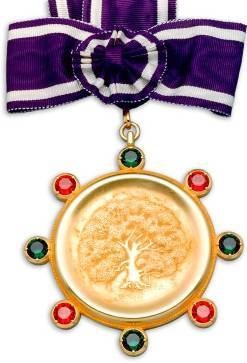
Lists of art awards cover some of the notable awards presented for art, some for a specific form or genre, some for artists from one country or region, some more general. The lists are organized by the region of the body issuing the award, although the awards may not be restricted to artists in that region.


